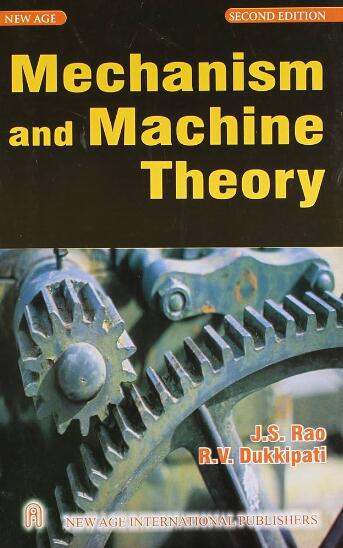Enhanced lumped stiffness model for industrial robots under multi-axial loading: Trade-off between the model complexity and positional accuracy
IF 4.5
1区 工程技术
Q1 ENGINEERING, MECHANICAL
引用次数: 0
Abstract
The elastostatic calibration of industrial robots using reduced order stiffness models predominantly relies on joint compliance. The contribution of link compliance ignored in these models assumes significance, especially when the end-effector employs external loads. The presented work overcomes the limitation by proposing a simpler reduced order model encompassing joint and link compliance. The proposed model has only nine parameters compared to an existing model with twenty-six parameters. A novel top-down approach is adopted for identifying these nine parameters, wherein the parameters are lumped to accurately model the end-effector deflection under multi-axial loading. A dedicated experimental setup involving two ABB IRB 7600-500 robots was used to validate the model. The performance of the nine parameter model is akin to other sophisticated models involving many parameters. The calibration resulted in a 91% reduction in position error. The model and identification strategies are generic and can be adapted to any similar serial robot. The compatibility of the identified parameters was tested using another robot of the same (make) specification. The error predictions were in a similar order, confirming the robustness of the approach.

多轴载荷下工业机器人增强集总刚度模型:模型复杂度与位置精度的权衡
采用降阶刚度模型的工业机器人弹性静力标定主要依赖于关节柔度。在这些模型中忽略的连杆柔度的贡献具有重要意义,特别是当末端执行器采用外载荷时。提出的工作克服了限制,提出了一个更简单的降阶模型,包括关节和链接的顺应性。与现有的有26个参数的模型相比,该模型只有9个参数。采用一种新颖的自顶向下的方法来识别这9个参数,其中参数被集中以准确地模拟多轴载荷下末端执行器的挠度。使用两个ABB IRB 7600-500机器人的专用实验装置来验证该模型。九参数模型的性能类似于涉及许多参数的其他复杂模型。校正后的位置误差降低了91%。该模型和识别策略具有通用性,可适用于任何类似的串联机器人。使用另一个相同规格的机器人测试识别参数的兼容性。误差预测的顺序相似,证实了该方法的稳健性。
本文章由计算机程序翻译,如有差异,请以英文原文为准。
求助全文
约1分钟内获得全文
求助全文
来源期刊

Mechanism and Machine Theory
工程技术-工程:机械
CiteScore
9.90
自引率
23.10%
发文量
450
审稿时长
20 days
期刊介绍:
Mechanism and Machine Theory provides a medium of communication between engineers and scientists engaged in research and development within the fields of knowledge embraced by IFToMM, the International Federation for the Promotion of Mechanism and Machine Science, therefore affiliated with IFToMM as its official research journal.
The main topics are:
Design Theory and Methodology;
Haptics and Human-Machine-Interfaces;
Robotics, Mechatronics and Micro-Machines;
Mechanisms, Mechanical Transmissions and Machines;
Kinematics, Dynamics, and Control of Mechanical Systems;
Applications to Bioengineering and Molecular Chemistry
 求助内容:
求助内容: 应助结果提醒方式:
应助结果提醒方式:


